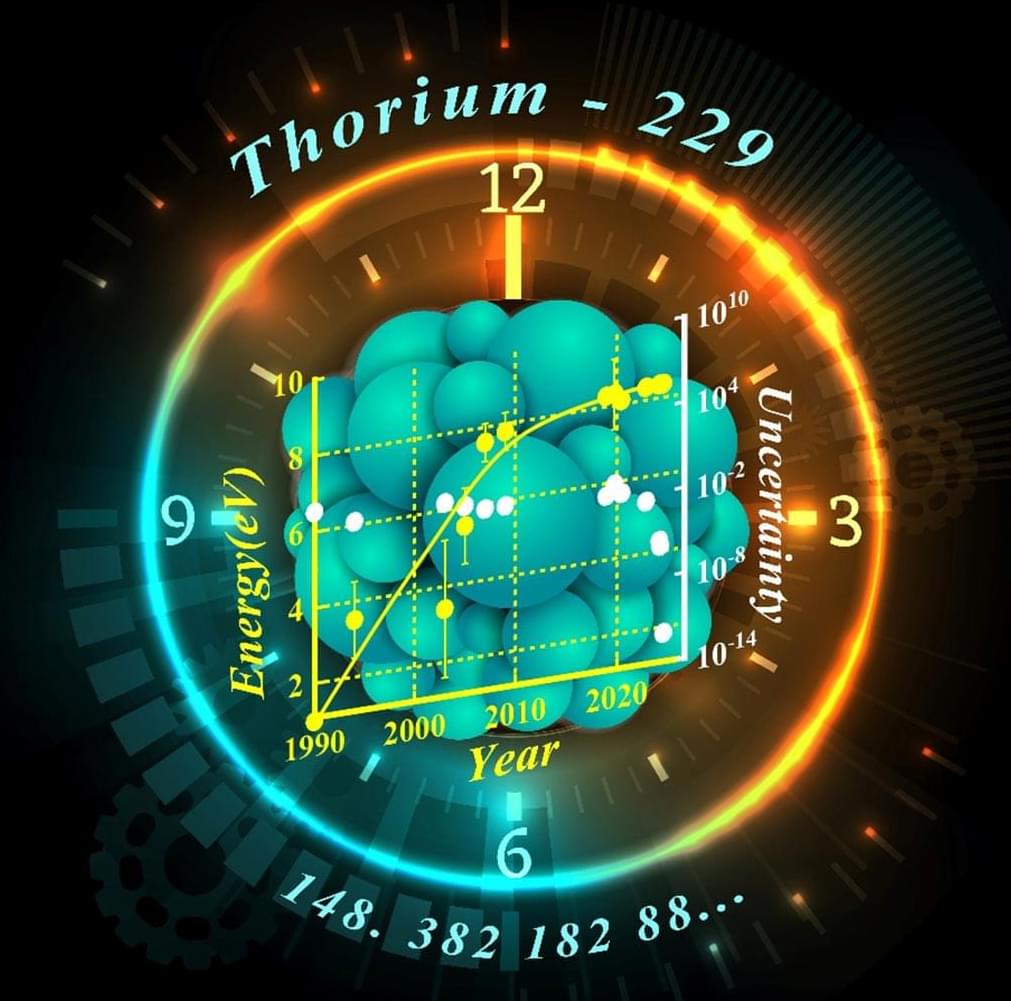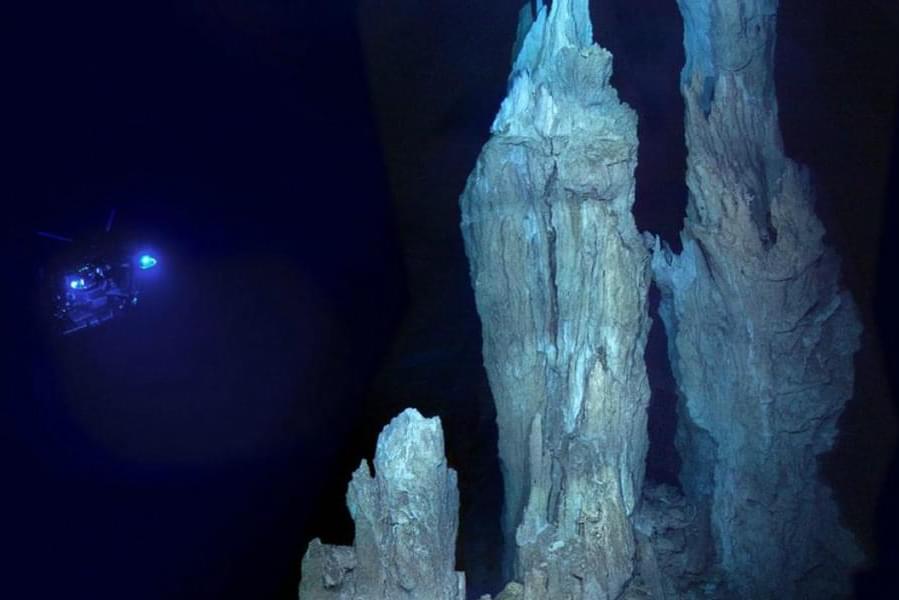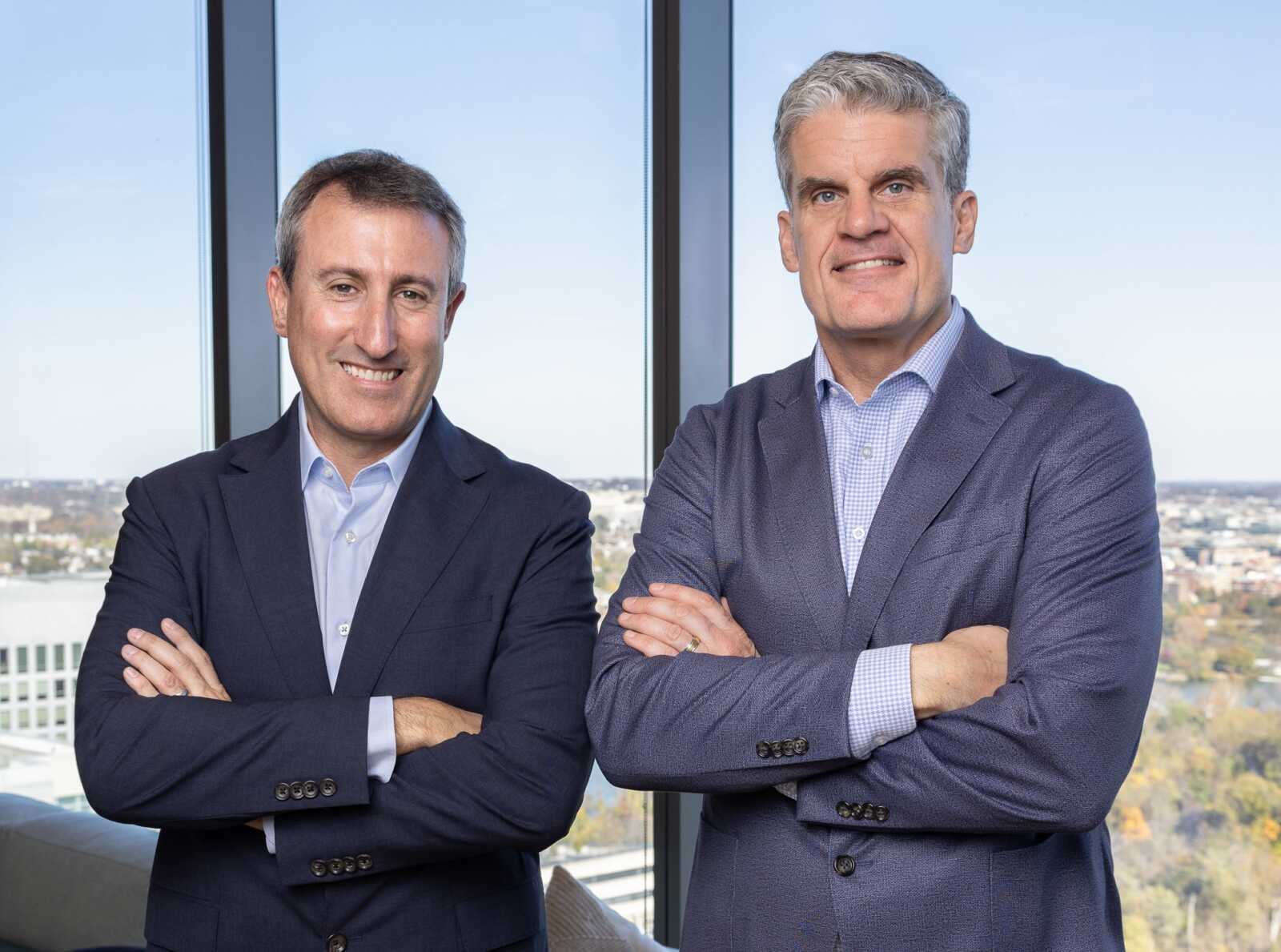Returning to Earth would be nothing without a warm welcome from (wo)man’s best friend.
Heartwarming footage captured the moment stranded Boeing Starliner astronaut Sunita Williams received a joyous reunion with her excited dogs after being stuck in space for 264 days.
Williams and fellow astronaut Barry “Butch” Wilmore finally departed the International Space Station, where they were stuck for more than nine months, and returned to Earth on March 18.









